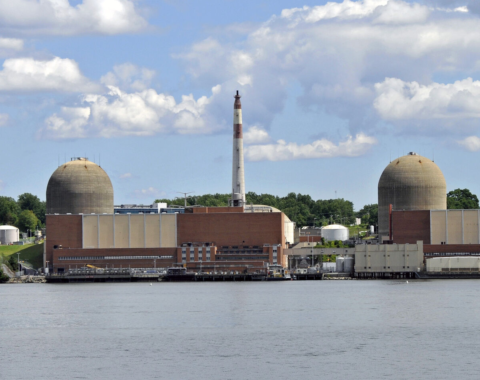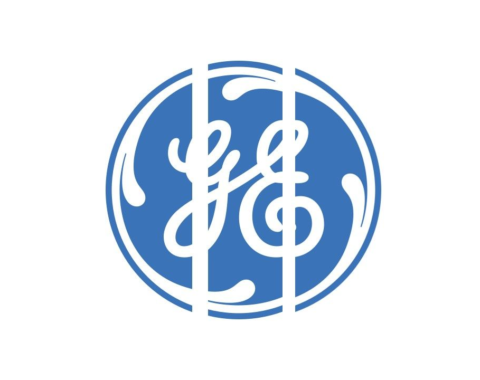Dozens of U.S. companies are expressing faith on the revolution of nuclear power, collectively betting more than $1.3 billion that a new wave of nuclear power can be a force to fight climate change. These advanced nuclear power plants, which will employ techniques such as using fuels other than uranium and coolants other than water, have attracted private investments from more than 40 companies from Florida to Washington State, the Third Way think tank says in the first report specifying the number of firms and total money invested in the technologies.
Two of companies that are investing heavily include Lockheed Martin, the Pentagon’s largest supplier which is developing a power source using nuclear fusion and Holtec International, which is building a $260 million technology campus in economically depressed Camden, New Jersey.
Among other investors are Bill Gates and Paul Allen, who have partially funded TerraPower, a firm working to construct liquid metal-cooled reactors, and nuclear fusion plant company TriAlpha, respectively.
These reactors, which could come into development in 10 to 15 years, can help curb U.S. carbon emissions and make investments in electricity generation less costly, researchers at Washington, D.C.-based Third Way said in a report seen by Reuters and to be released as soon as Monday.
Investors “realize cost competitiveness is the name of the game,” said Josh Freed, who directs the clean energy program at Third Way. The reactors are “designed to be scalable so that they can produce energy at a per megawatt hour cost that’s competitive not just with existing nuclear, but importantly with fossil fuels and renewable energy.” Advanced nuclear reactors should be smaller than today’s reactors, and construction should take one to five years, rather than five to six.



